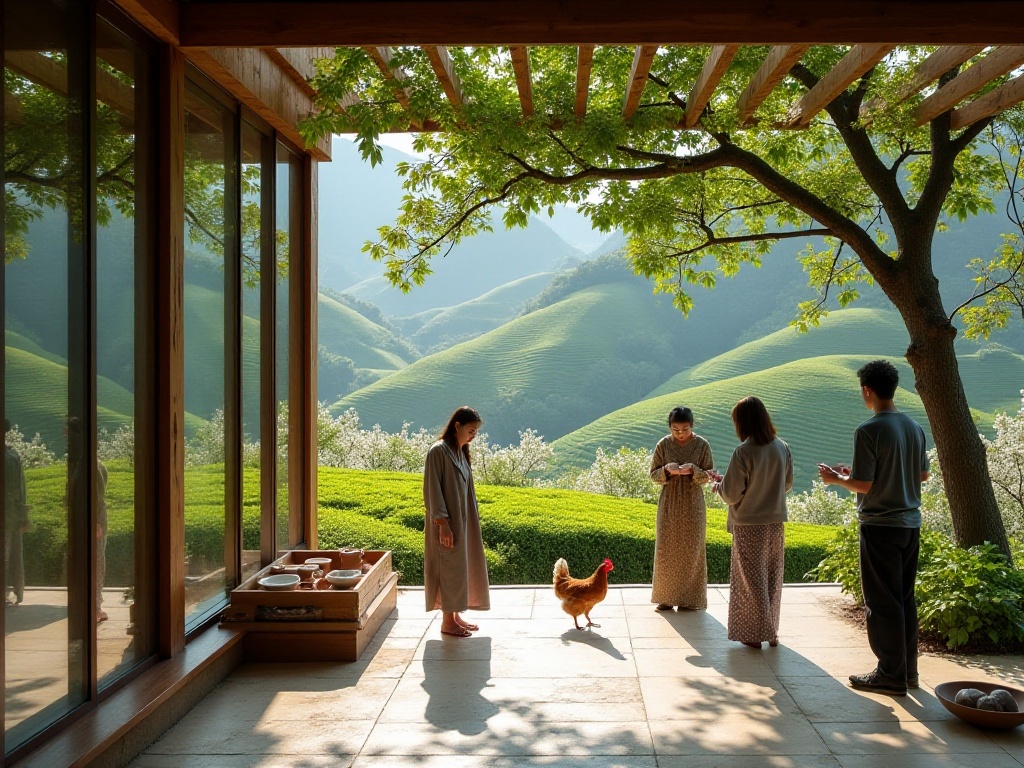
First Encounter with the Village
On a breezy morning, I stood on the stone path of a small village in Zhejiang, witnessing a rural scene completely different from my expectations. The morning sunlight filtered through ancient phoenix trees onto the bluestone slabs, while a subtle coffee aroma wafted through the air. By the roadside stood a minimalist homestay with white walls and black tiles, paired with natural wood doors and windows, exuding a fresh artistic vibe. In the neighboring hand-drip coffee shop, a young man in a linen shirt was focused on brewing a Blue Mountain coffee. In the nearby rice fields, several artistic young people wearing straw hats were carefully framing shots with their cameras. Most striking was the huge art installation at the village entrance, crafted from recycled farming tools and scrap metal, glinting uniquely in the sunlight.
Where were the traces of traditional farmhouse restaurants? There were no noisy food stalls, no smoke-filled kitchens, and no proprietors calling out to attract customers. Instead, there was an uplifting artistic atmosphere. In the roadside café, young people worked intently on their laptops; in the homestay courtyard, a couple sat quietly reading in rattan chairs; in the distant tea garden, a group of photography enthusiasts waited for the perfect light.
As I strolled along this bluestone path, each step brought new surprises. Every brick and tile here told a new rural story. A seemingly ordinary farmhouse opened to reveal a stylishly designed bookstore, perfectly blending old wooden beams with modern steel frames; an abandoned barn had been transformed into an art exhibition space, currently showcasing an emerging artist's installation work; even the old teahouse at the village entrance had been renovated, maintaining its traditional architectural structure while incorporating modern design elements to become a popular spot for young people to check in on social media.
The Changing Times
Ten years ago, rural tourism brought to mind simple farmhouse restaurants, basic accommodation conditions, and uniform local products. Rural tourism then meant eating farm meals, staying in farmhouses, and buying some local specialties. Accommodation typically consisted of a hard wooden bed, walls papered with yellowing newspapers, and an outdoor bathroom. The food was simple farm cuisine - while ingredients were fresh, cooking standards varied widely. As for entertainment, it was limited to walking in the fields or visiting nearby attractions.
But rural tourism has undergone revolutionary changes. In 2023, rural tourism nationwide received over 3.5 billion visitors, generating revenue exceeding 1.8 trillion yuan. Behind these numbers lies the transformation of countless villages, the return of many young entrepreneurs to their hometowns, and a quietly emerging rural tourism revolution.
Last year, a scene I witnessed in a small village in Dali, Yunnan, remains vivid in my memory. Early in the morning, I saw a group of post-90s youth carrying professional photography equipment to the fields. They weren't there to farm but to shoot short videos and photos. They turned farmland into natural photography studios and drying haystacks into beautiful shooting backgrounds. In a nearby café, several photographers with DSLR cameras were carefully arranging shooting scenes. They were taking promotional photos for a newly opened homestay, perfectly combining the pastoral landscape with modern fashion.
Most surprising was that one village homestay charged 2,000 yuan per night and was often fully booked. This homestay was renovated by an architect who had returned from Beijing. He maintained the old house's basic structure while incorporating modern elements in the interior design. Each room had a unique theme - some in Zen Japanese style, others in Nordic minimalist style, and some preserving traditional Hui-style architectural features. Most importantly, the service rivaled five-star hotels, with every detail from bedding to toiletries, from breakfast to butler service, meticulously crafted.
At the village's creative market, I met many such returning entrepreneurs. Some were designers from big cities, some were overseas-returned artists, and others were internet industry professionals. With their love for rural life and understanding of living, they were reinterpreting rural life in their own ways. A young leather craftsman told me he chose to return home to start his business not only because the lifestyle here was more conducive to creation but also because he wanted to combine traditional craftsmanship with modern design to create unique products.
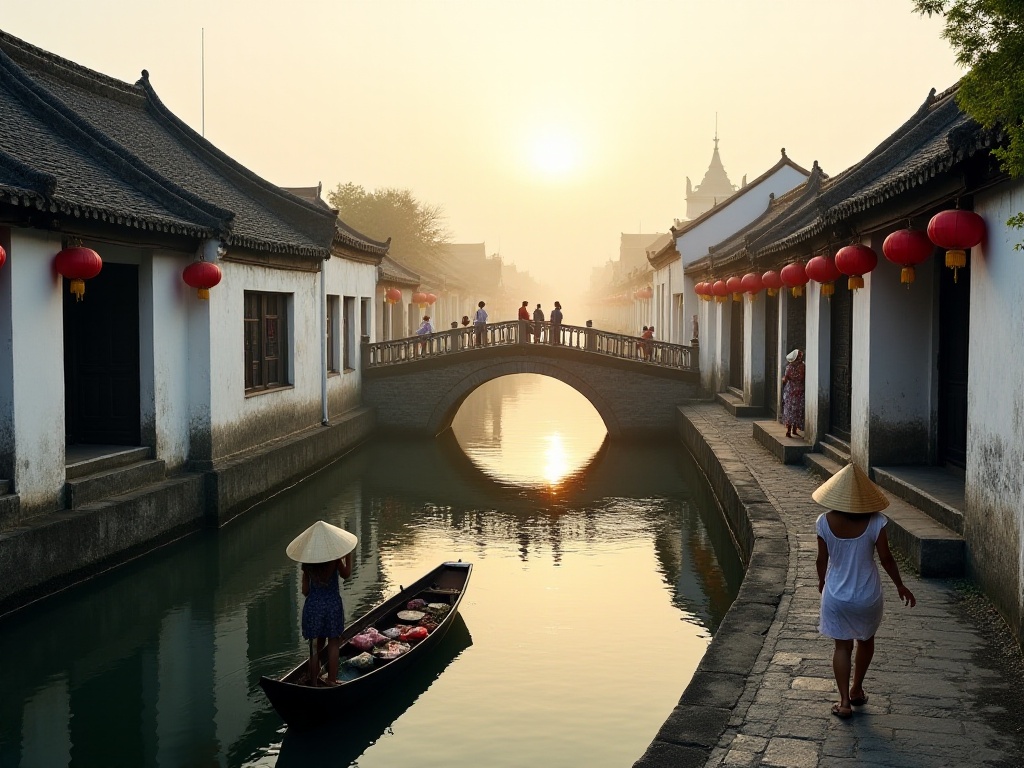
New Ways to Play
Rural tourism today is no longer just about eating farm meals and staying in farmhouses. Every village is striving to discover its own characteristics and create unique experiential activities.
Last winter, I spent an entire week in a village in Wuyuan, Jiangxi. This experience completely overturned my understanding of rural tourism. I stayed in a century-old house renovated by a designer who had returned from Beijing. She preserved the basic framework and some classic elements of the old house, such as carved doors and windows and ancient wooden beams, but adopted a minimalist style in interior design. Each room was carefully designed, maintaining the charm of Hui-style architecture while being thoroughly modern. The furniture was all custom-made, each piece like a work of art.
Most delightful were the rich experiential activities. Every morning, you could follow villagers to pick fresh vegetables in the rapeseed fields. Villagers would teach you how to identify different wild vegetables and tell you the best harvesting season for each type. After harvesting, the homestay chef would teach you how to cook authentic Huizhou cuisine with these ingredients. From pickling to cooking, from plating to tasting, every step was filled with ceremony.
After lunch rest, you could participate in various handicraft courses. Some taught you how to make Hui ink, some taught seal carving, and others taught weaving. Each teacher was a respected local artisan who not only taught skills but also shared stories behind these crafts. In the evening, the village would organize bonfire parties to dance the Mulan Opera together. This ancient folk art has found new interpretation here, with young people adding modern musical elements, giving traditional opera new vitality.
In the village's creative park, I encountered many interesting creative projects. Someone had converted an abandoned barn into a pottery studio to teach visitors pottery making; someone offered incense ceremony courses, letting urban dwellers experience the charm of traditional incense culture; others organized farming experience camps, letting children experience the joy of planting. These projects not only brought new economic growth points to the village but more importantly passed on traditional culture, allowing young people to rediscover rural values.
What's impressive is that every project here has been carefully planned, with attention to detail and experience. For instance, the pottery studio not only provides basic pottery courses but also combines local traditional crafts to teach you how to make objects with local characteristics. The incense ceremony course combines traditional incense ceremonies with modern lifestyles, teaching you how to enjoy the peace brought by incense ceremonies in daily life.
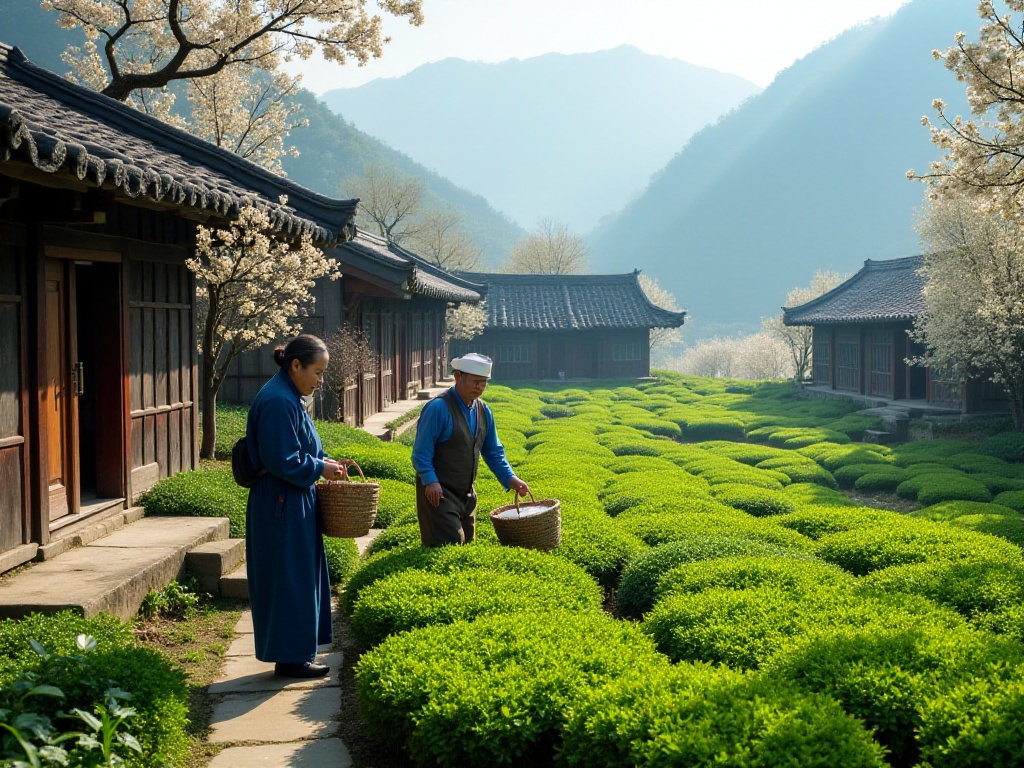
Deep Reflection
However, amid the joy, I also observed some phenomena worth pondering. This rural tourism revolution has brought not only opportunities but also challenges.
In a popular village in Zhejiang, I saw the troubles brought by commercialization. To cater to tourists' preferences, many century-old houses were renovated into uniform white walls and black tiles. While these renovations made the buildings more photogenic and the exteriors indeed look refined, they have to some extent erased the village's authenticity. Those details carrying historical memories, such as wall slogans, stone mills in front of doors, and old wells in courtyards, disappeared during renovation. Although such renovation enhanced the village's appearance, it lost its unique cultural atmosphere.
More worrying is that some villages, pursuing short-term benefits, have overdeveloped tourism projects. In a village in Sichuan, the daily garbage volume during peak season is more than ten times that of normal times. The influx of large numbers of tourists not only puts pressure on the environment but also disrupts the originally peaceful rural life rhythm. A local elder told me that while the village is now lively, they can rarely walk and chat under the village entrance trees anymore because it's always crowded with photographing tourists.
Infrastructure capacity is also a major issue. Many villages' roads, parking lots, sewage treatment facilities, etc., haven't kept pace with tourism development. During peak seasons, problems like parking difficulties and untimely garbage disposal often occur. Some villages, to solve these problems, have built large-scale parking lots and other facilities, yet this has damaged the original rural landscape.
Moreover, the homogenization of rural tourism is also a concern worth noting. Driven by market trends, many villages are copying so-called "successful models." Homestays, cafés, creative markets - every village has almost the same configuration, lacking characteristics. This homogenization not only reduces the attractiveness of rural tourism but is also unfavorable for rural cultural inheritance and development.
Another important issue is whether the benefits of rural tourism are fairly distributed. While some returning entrepreneurs have indeed gained considerable benefits from rural tourism, ordinary villagers' participation and sense of gain are insufficient. How to involve more villagers in rural tourism and share development dividends is a question that needs serious consideration.
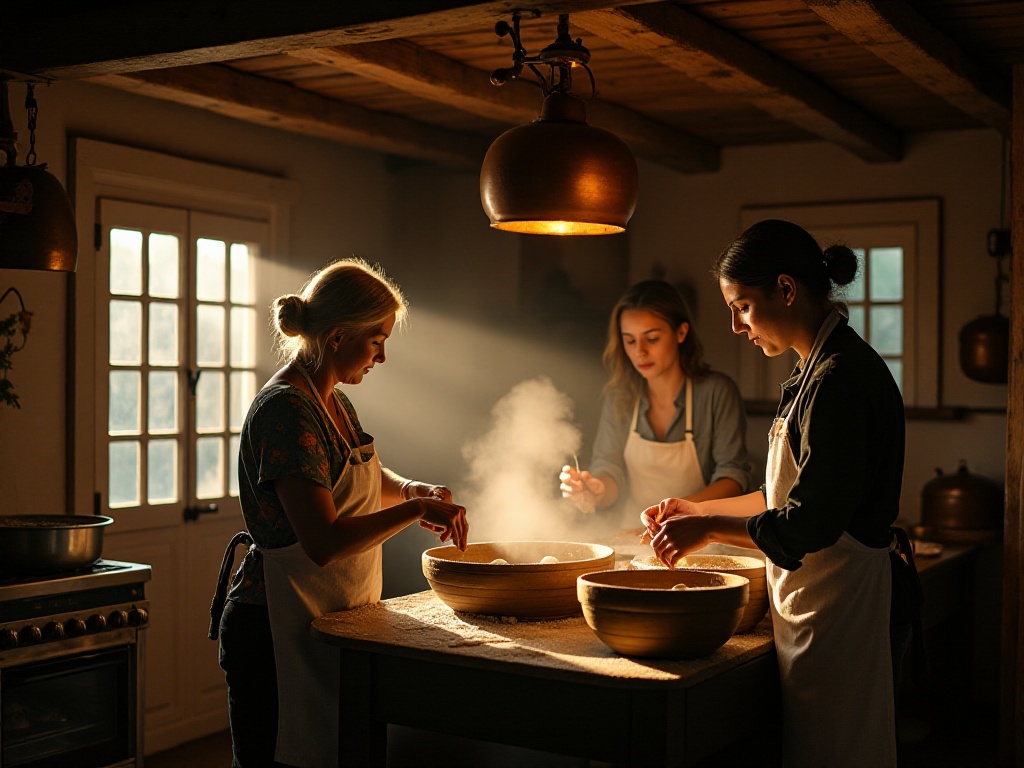
A Promising Future
Despite these problems, I remain optimistic about the future of rural tourism. Because I see more and more young people participating in rural construction in more rational and sustainable ways.
In a small village in Jiangsu, I met an impressive post-90s entrepreneur, Xiao Lin. She converted her grandmother's old house into a comprehensive creative space, including a homestay, café, and handicraft workshop. But unlike other similar projects, she particularly emphasizes integration with local culture. The café not only serves fashionable coffee but also local specialty snacks; the handicraft workshop invites local artisans to teach traditional skills like clay sculpture and embroidery. Every weekend, this place attracts many urban young people who come not only to experience rural life but also to learn traditional handicrafts.
The latest data shows that the post-85s and post-90s generations have become the main force in rural tourism, accounting for over 60%. These young people not only bring strong purchasing power but also new aesthetics and life concepts. They're not satisfied with simple sightseeing but pursue deeper cultural and life experiences. This demand drives rural tourism to continuously upgrade and evolve.
In a village in Dali, Yunnan, I saw many young people coming specifically to learn traditional handicrafts. Some stay for a month just to learn local tie-dye techniques; some learn silverware making from old masters, hoping to pass on this ancient craft; others come specifically to learn local brewing techniques, wanting to combine traditional craftsmanship with modern branding. The arrival of these young people not only brings economic vitality to villages but also injects new life into traditional culture.
More encouragingly, some young people have begun exploring new models of rural tourism. For example, some are trying the "symbiotic garden" model, letting tourists participate in crop planting and harvesting; some organize "handmade markets," enabling direct interaction between tourists and local craftsmen; others organize "rural maker camps," inviting professionals from various fields to the village for creation and exchange. These new models not only enrich rural tourism content but also provide new ideas for rural development.
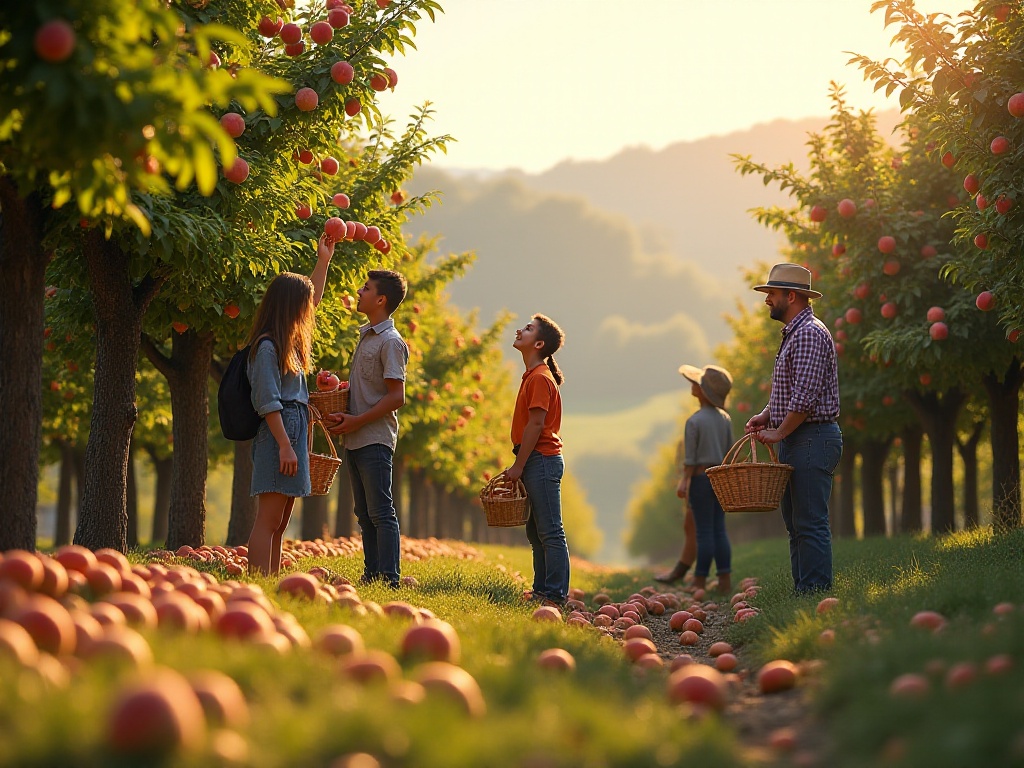
Warm Suggestions
If you also want to experience a different kind of rural journey, my advice is: slow down and feel with your heart.
First, don't just chase popular check-in spots. Rather than hurriedly taking photos at popular spots, choose a village you like and stay for a few days to deeply experience local life. You can learn farming with villagers, experience the joy of planting rice and transplanting seedlings; you can learn a traditional craft from old artisans, experiencing the charm of intangible cultural heritage; you can also participate in various village activities like tea picking, brewing wine, making tofu, etc. - these are all precious life experiences.
Second, respect local ways of life. Villages aren't theme parks but people's homes. We should respect local people's living habits and not disturb their normal lives for photos or check-ins. Meanwhile, pay attention to environmental protection, don't litter, and don't damage crops and facilities.
Third, communicate more with locals. Villagers all have their own stories and are living witnesses to rural history. Chatting with them not only helps you learn many interesting historical and cultural facts but also lets you feel the human warmth of the village. Sometimes, a casual chat with an elder can be more valuable than any tour guide's explanation.
Finally, remember that the true beauty of the countryside isn't in the number of likes on social media, but in whether you can truly feel the warmth of this land. It might be hidden in the aroma of a farm meal, in a story told by an elder, in fieldwork, or under the night sky.
When we embrace the countryside with a more open mind, we might discover that the countryside isn't just a tourist destination but a lifestyle choice. Here, we can slow down and rethink the meaning of life; we can get close to nature and feel the changes of seasons; we can learn traditional skills and pass on cultural memories; we can also meet like-minded friends and start a new chapter in life.
What do you think? Perhaps next weekend, we can experience this quiet rural revolution together.
Next
Hidden Gems in Rural Vietnam: Rediscovering Serenity Post-Pandemic
As the world emerges from the cocoon of lockdowns, Vietnam's countryside unfurls its wings, revealing a kaleidoscope of hidden treasures. The pandemic's pause has birthed a new era of travel, one that whispers of untrodden paths and authentic encounters. Rural Vietnam, once the backdrop to frenetic city escapes, now takes center stage in a renaissance of rustic allure.
In-Depth Exploration: 10 Hidden Rural Tourism Destinations in Europe Worth Experiencing in 2024, Making Your Travel Unique
A comprehensive overview of global rural tourism destinations, featuring distinctive villages and countryside locations across Europe, North America, and Asia. Explores diverse accommodation options and outdoor activities from Serbia's Zlatibor to Hokkaido, Japan
The Ozark Mountains: A Forgotten Outdoor Paradise in South-Central USA, A Sanctuary Where City Dwellers Can Find Inner Peace
Explore diverse rural tourism destinations worldwide, featuring unique experiences from Native American culture in the US South to traditional villages in Eastern Europe and natural landscapes in Asia-Pacific, highlighting authentic cultural encounters and sustainable travel
Next
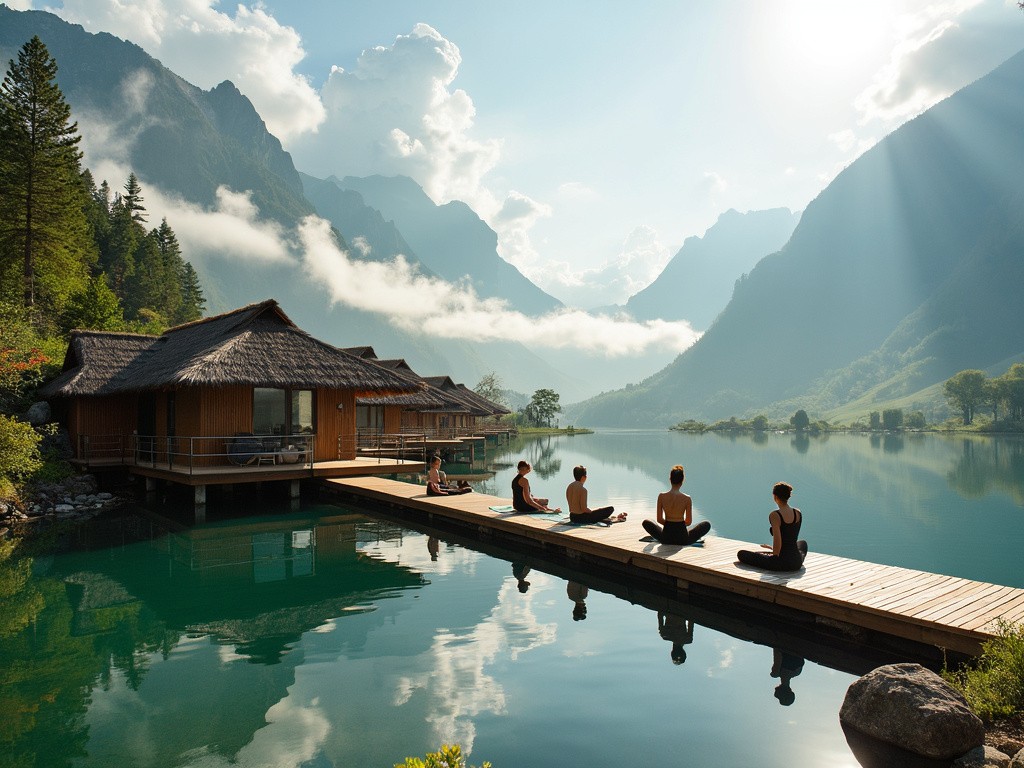
Hidden Gems in Rural Vietnam: Rediscovering Serenity Post-Pandemic
As the world emerges from the cocoon of lockdowns, Vietnam's countryside unfurls its wings, revealing a kaleidoscope of hidden treasures. The pandemic's pause has birthed a new era of travel, one that whispers of untrodden paths and authentic encounters. Rural Vietnam, once the backdrop to frenetic city escapes, now takes center stage in a renaissance of rustic allure.
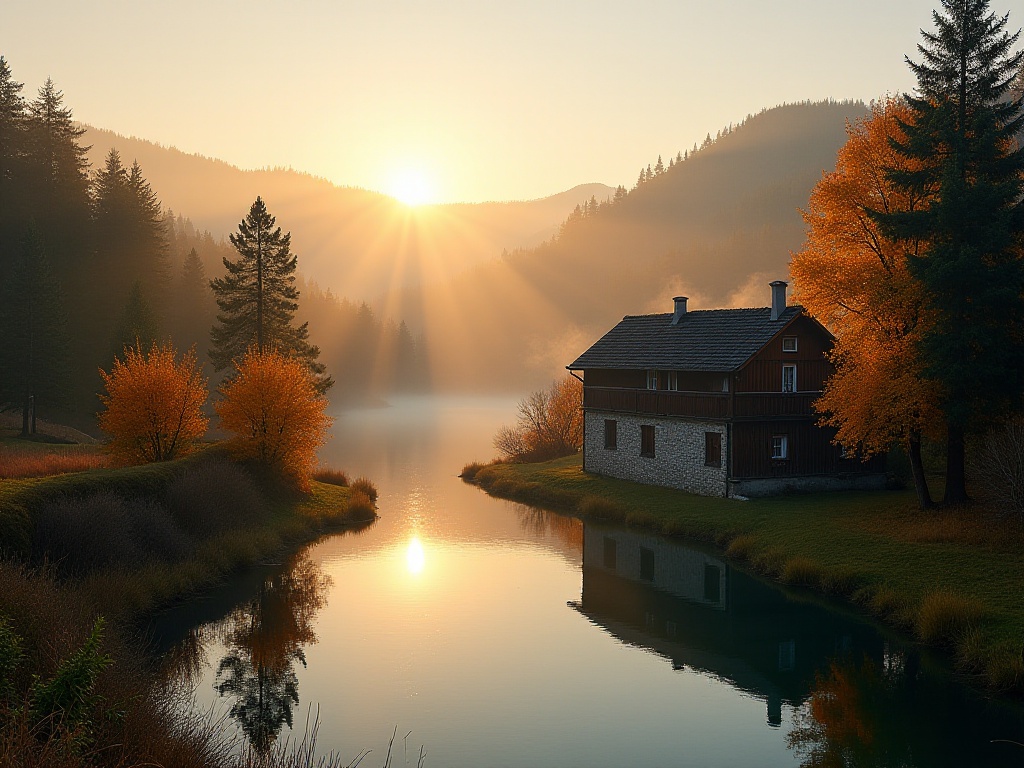
In-Depth Exploration: 10 Hidden Rural Tourism Destinations in Europe Worth Experiencing in 2024, Making Your Travel Unique
A comprehensive overview of global rural tourism destinations, featuring distinctive villages and countryside locations across Europe, North America, and Asia. Explores diverse accommodation options and outdoor activities from Serbia's Zlatibor to Hokkaido, Japan
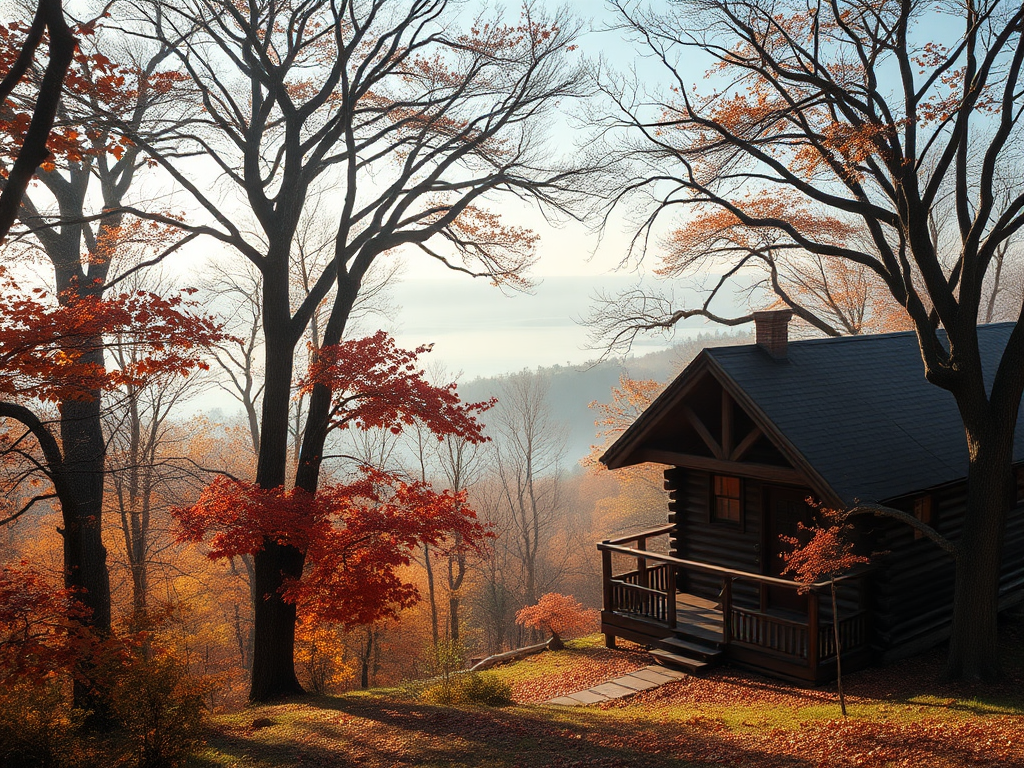
The Ozark Mountains: A Forgotten Outdoor Paradise in South-Central USA, A Sanctuary Where City Dwellers Can Find Inner Peace
Explore diverse rural tourism destinations worldwide, featuring unique experiences from Native American culture in the US South to traditional villages in Eastern Europe and natural landscapes in Asia-Pacific, highlighting authentic cultural encounters and sustainable travel

